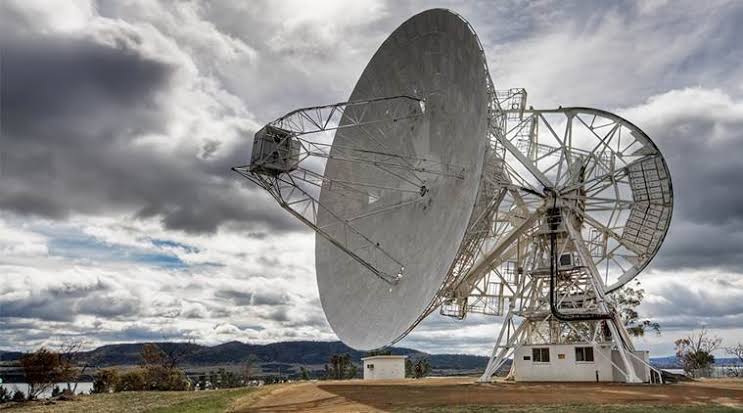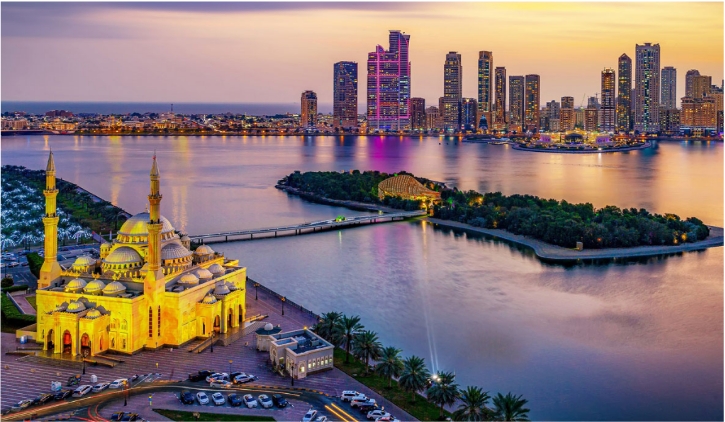Experienced sailor Emily Penn has set out with an all-female crew to investigate the world’s largest accumulation of marine plastic. Her team will carry out scientific experiments on the “Great Pacific Garbage Patch”, now said to be three times the size of France.
Ms Penn said her own medical tests had convinced her of the potential toxic impacts of plastic, especially for women.
Why is this story important?
In March this year, scientists published their latest estimate of the size of what’s officially termed the North Pacific Gyre – this moving mess of plastic is better known as the Great Pacific Garbage Patch and is formed by winds and ocean currents that swirl the material around, in the same way that water spirals down a drain.
The study concluded that the amount of discarded plastic in the garbage patch was up to 16 times greater than previous estimates.
For Emily Penn, it is the potentially toxic impact of the breakdown of plastics in the ocean by seawater and sunlight that is of great concern.
These tiny fragments contain chemicals which are similar to the sex hormone oestradiol and this can impact fertility in animals and humans.
“It was that journey for me, that got me on the women’s track because I realised it was a very women-focused issue because of the toxic nature of what we were facing.”
Ocean sponges
Emily Penn has been involved in environmental issues for several years, organising the largest community-led clean up of the small Pacific island of Tonga.
She has sailed around the world on a ship fuelled by biodiesel, and she co-founded eXXpedition – which runs a series of all-female voyages.
Earlier this month, she received the Points of Light award from Prime Minister Theresa May, which recognises outstanding volunteers making a change in their community.
The team will be trawling for plastic, trailing nets behind the ship. They will also gather air and water samples, and record observations of wildlife along the journey.
“We’ll be looking at the chemicals on the surface of the plastics, and particularly in areas where turtles are living,” said Emily Penn.
What else will they be doing?
As well as science, the crew of Sea Dragon will be aiming to raise public awareness of the plastics issue and to push for solutions. While TV series like Blue Planet 2 have sounded the alarm on plastics, more needs to be done.
“The general perception is that we have an issue, but sometimes we don’t understand the problem,” said Emily Penn.
“When you put a fine mesh net into the water and pull up 1,000 almost invisible microplastic pieces, and then you realise we have 5 trillion fragments on the surface of our oceans and we can’t go out there and clean it up, because it’s the same size as the algae and the zooplankton.”
As part of the efforts to deal with pollution, the BBC has just launched an initiative called Plastics Watch, tracking the impact of plastic on the environment.

















